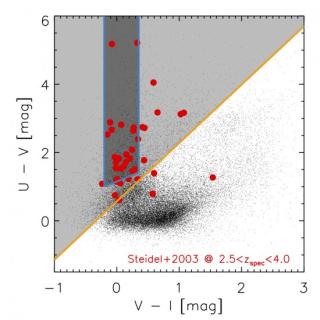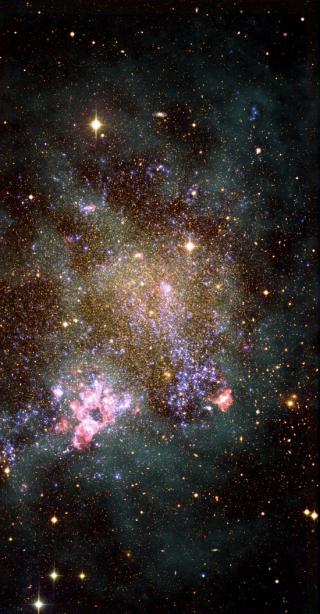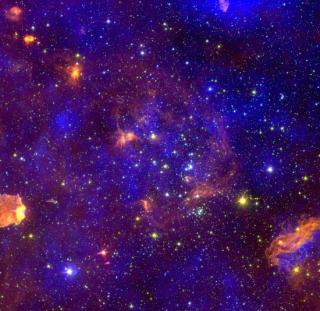
Lyman break galaxies (LBGs) represent one of the kinds of star-forming galaxies that are found in the high-redshift universe. The detection of LBGs in the FIR domain can provide very important clues on their dust attenuation and total star-formation rate (SFR), allowing a more detailed study than those performed so far. In this work we explore the FIR emission of a sample of 16 LBGs at z ~ 3 in the GOODS-North and GOODS-South fields that are individually detected in PACS-100um or PACS-160um. These detections demonstrate the possibility of measuring the dust emission of LBGs at high redshift
Advertised on

